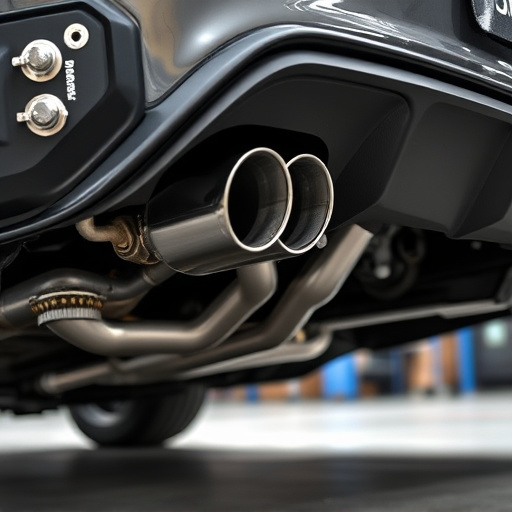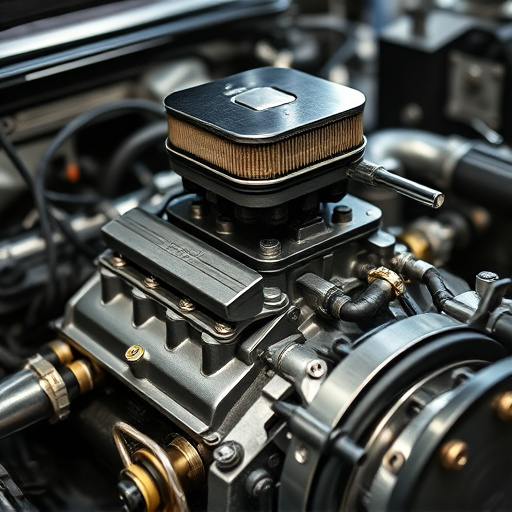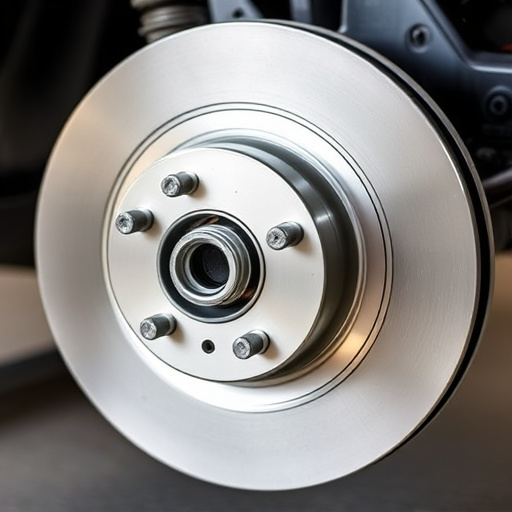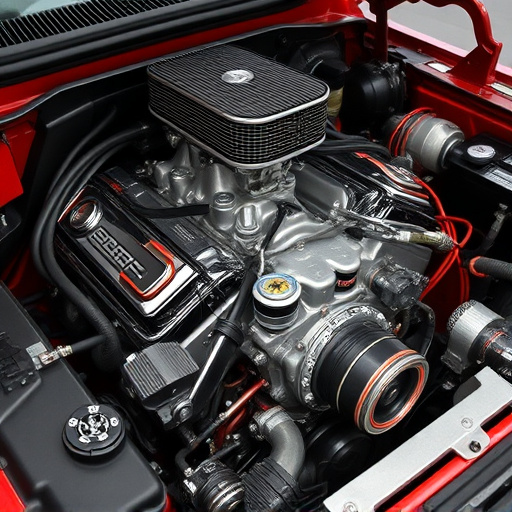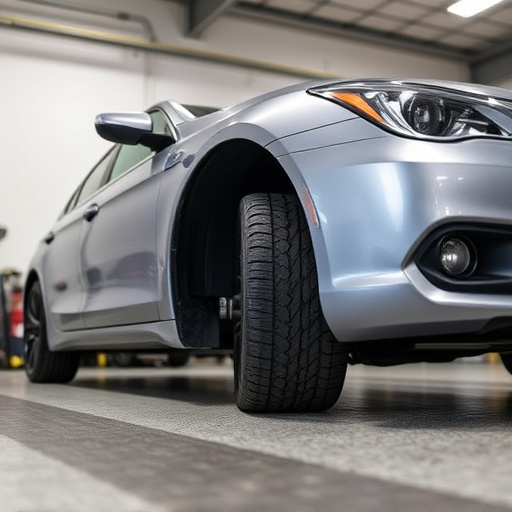The car suspension system is a complex arrangement of parts (shocks, springs, arms, ball joints) that ensures smooth rides, stability, and handling. Regular maintenance and addressing issues like worn components or clogged filters improve ride comfort. Advanced tuning techniques, including custom intakes/exhausts and suspension upgrades, offer precise control over vehicle performance and aesthetics.
Looking to transform your rides? Enhancing ride comfort through your car’s suspension system is a game-changer. This comprehensive guide delves into the intricacies of understanding car suspension systems, from basic components to their crucial functions. We highlight common issues that negatively impact ride quality and offer advanced techniques for optimizing your vehicle’s suspension. By implementing these strategies, you’ll soon experience smoother, more enjoyable journeys on even the bumpiest roads.
- Understanding Car Suspension Systems: Basic Components and Functions
- Identifying Common Issues in Suspension That Affect Ride Comfort
- Advanced Techniques for Optimizing Your Vehicle's Suspension for Smooth Riding
Understanding Car Suspension Systems: Basic Components and Functions
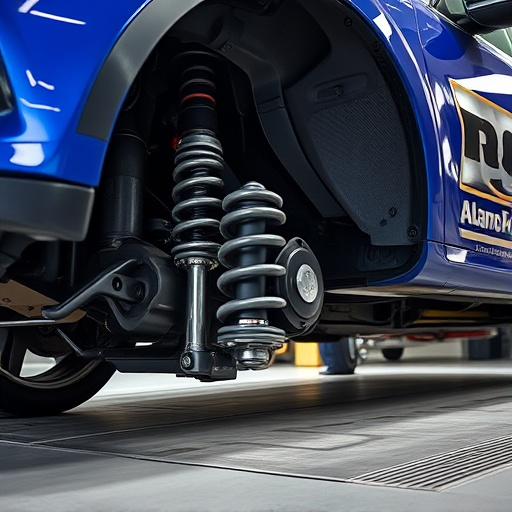
A car’s suspension system is a complex network designed to ensure a smooth and comfortable ride while also contributing to vehicle stability and handling. At its core, it comprises several essential components working in harmony. These include shock absorbers (or dampers), springs, control arms, ball joints, and struts, each playing a vital role in managing the forces acting on the vehicle.
Shock absorbers are responsible for reducing the impact of road irregularities by dissipating energy, while springs support the vehicle’s weight and maintain the proper ride height. Control arms facilitate steering and wheel alignment, ensuring the car stays on course. Ball joints connect these control arms to the vehicle’s chassis or frame, allowing for smooth rotation and steering movement. Together, these basic components create a system that soaks up bumps, maintains vehicle stance, and enables precise control, ultimately enhancing passenger comfort. Moreover, regular maintenance of these parts, such as replacing worn-out air filter kits and ensuring proper alignment, can further contribute to optimal car suspension performance.
Identifying Common Issues in Suspension That Affect Ride Comfort
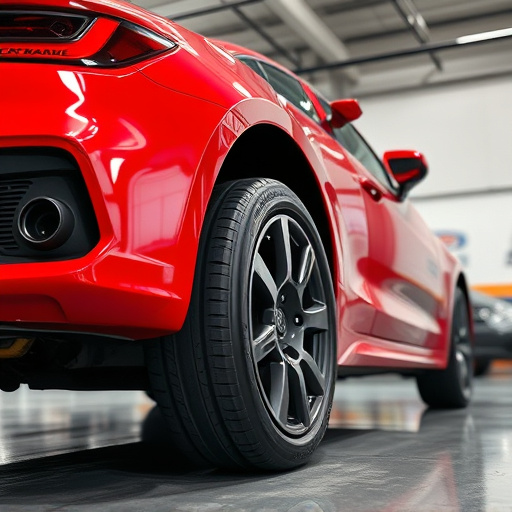
Many drivers often overlook the importance of a well-maintained car suspension system until discomfort or handling issues become noticeable. The suspension is responsible for connecting your vehicle to the road, absorbing impacts from uneven terrain, and ensuring a smooth ride. Common issues that can significantly affect ride comfort include worn or damaged suspension components like shocks, struts, control arms, and ball joints. These parts play a crucial role in maintaining proper tire contact with the road surface, thereby reducing vibrations and bumps felt inside the cabin.
Additionally, intake and exhaust systems should also be considered as they can indirectly impact ride comfort through their effect on vehicle weight and aerodynamics. For instance, a clogged air filter or faulty sensor within the intake system may lead to reduced engine performance, causing the suspension to work harder. Similarly, issues with the exhaust system, such as a broken muffler or restricted pipes, can disrupt airflow, potentially leading to drivability problems that indirectly affect the overall ride quality.
Advanced Techniques for Optimizing Your Vehicle's Suspension for Smooth Riding
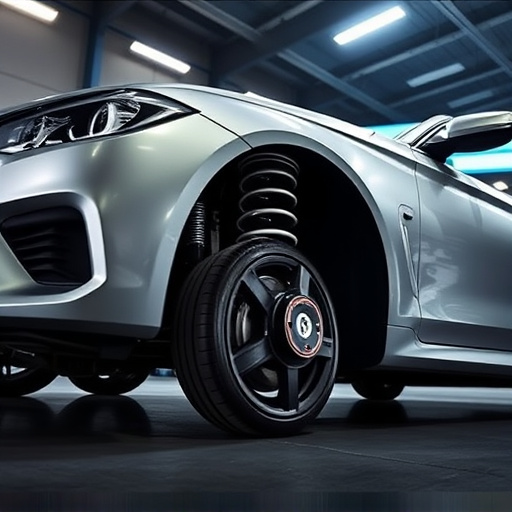
To optimize your vehicle’s ride comfort, it’s essential to explore advanced techniques for fine-tuning its car suspension system. Beyond basic adjustments, consider implementing custom air intake systems that enhance engine performance while minimizing noise, thereby contributing to a smoother overall driving experience. Additionally, upgrading exhaust tips and muffler tips can significantly reduce engine drone, further refining the vehicle’s ride quality.
Experimenting with different suspension components like coilovers, shock absorbers, and strut towers allows for precise control over handling and comfort. Lowering springs, when paired with optimized air intake and exhaust systems, not only improves aesthetics but also refines road manners, ensuring a more responsive and comfortable ride.
By understanding the basic components and functions of your car’s suspension system, identifying common issues that affect ride comfort, and employing advanced techniques for optimization, you can significantly enhance your vehicle’s performance. Regular maintenance and adjustments to your car suspension system will not only improve ride comfort but also ensure safer handling and extended tire life. Remember, a well-tuned suspension is key to a smooth, enjoyable driving experience.








